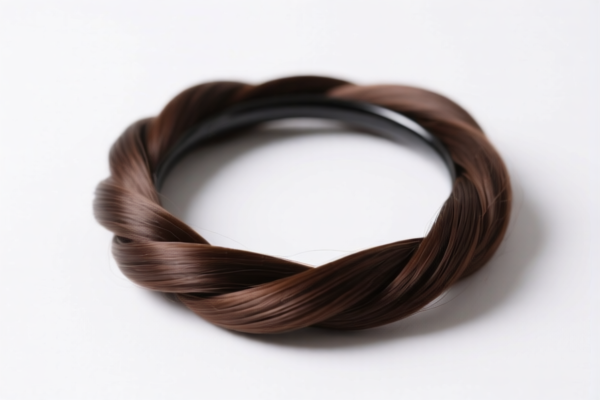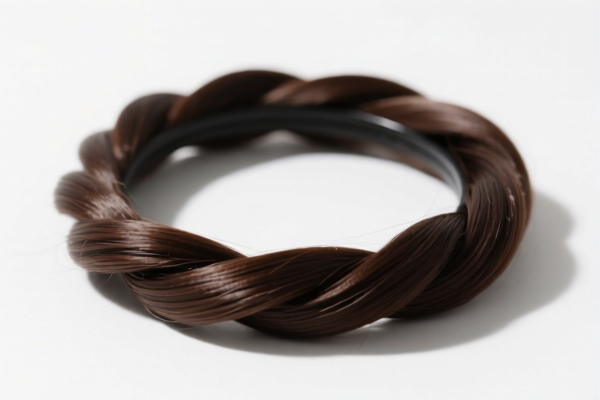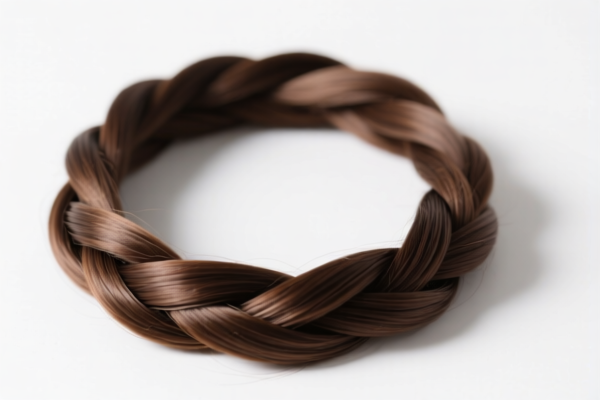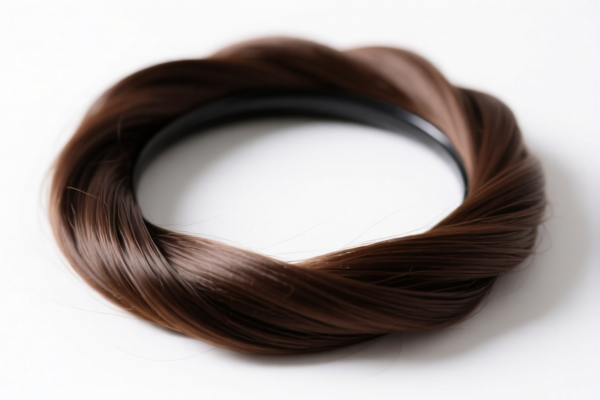| HS Code | Official Doc | Tariff Rate | Origin | Destination | Effective Date |
|---|---|---|---|---|---|
| 5607909000 | Doc | 61.3% | CN | US | 2025-05-12 |
| 5607503500 | Doc | 19.9¢/kg + 10.8%+55.0% | CN | US | 2025-05-12 |
| 5609004000 | Doc | 58.9% | CN | US | 2025-05-12 |
| 5609001000 | Doc | 57.9% | CN | US | 2025-05-12 |
| 5404198080 | Doc | 61.9% | CN | US | 2025-05-12 |
| 5404900000 | Doc | 55.0% | CN | US | 2025-05-12 |
| 4201006000 | Doc | 57.8% | CN | US | 2025-05-12 |
| 6505000100 | Doc | 39.4% | CN | US | 2025-05-12 |
| 6505009089 | Doc | 20.7¢/kg + 7.5%+30.0% | CN | US | 2025-05-12 |
| 6506996000 | Doc | 63.5% | CN | US | 2025-05-12 |
| 6506910060 | Doc | 55.0% | CN | US | 2025-05-12 |
| 3926903300 | Doc | 36.5% | CN | US | 2025-05-12 |
| 3926909905 | Doc | 42.8% | CN | US | 2025-05-12 |
| 3916903000 | Doc | 61.5% | CN | US | 2025-05-12 |




Hair Loop Rope
Hair loop rope, also known as hair extension rope or hair tie rope, is a specialized cordage primarily used in the application and maintenance of hair extensions. It is a crucial component in various hair extension techniques, facilitating secure and discreet attachment.
Material:
- 100% Polyester: The most common material due to its high tensile strength, resistance to stretching and fraying, and smooth texture. Polyester minimizes friction, reducing damage to natural hair and extensions.
- Cotton: Less common, often used for temporary extensions or those requiring a softer feel. Cotton lacks the durability and strength of polyester.
- Silk: Occasionally used for high-end extensions where gentleness and minimal friction are paramount, though it is considerably more expensive.
Purpose:
The primary purpose of hair loop rope is to securely attach hair extensions to natural hair. It acts as a bonding agent, creating a strong hold without causing excessive tension or damage. It also allows for removal and reapplication of extensions.
Function:
- Attachment: The rope is looped around both the extension and a section of natural hair, creating a knot that binds them together. Different knotting techniques are used depending on the extension type and desired hold.
- Reinforcement: In some methods, the rope reinforces the bond between the extension and natural hair, increasing longevity.
- Reapplication: Allows for the reuse of extensions by providing a means to re-attach them without using new adhesives or bonding materials.
- Adjustability: Provides a degree of adjustability in extension placement.
Usage Scenarios:
- Hair Salons: Professional application and maintenance of various hair extension types.
- Home Application: Individuals applying extensions themselves.
- Braiding: Used in micro-braiding techniques for attaching extensions.
- Weaving: Securing wefts of hair extensions to cornrows.
- Individual Strand Extensions: Attaching single strands of hair extensions for a more natural look.
Common Types:
- Standard Loop Rope: The most widely used type, available in various colors to blend with different hair shades. Typically 18-24 inches in length.
- Pre-Looped Rope: Rope that has been pre-formed into loops for quicker application.
- Colored Loop Rope: Available in a wide range of colors to match specific hair colors, providing a more discreet attachment.
- Textured Loop Rope: Rope with a slightly rougher texture to provide a better grip on the hair.
- Elastic Loop Rope: Incorporates elastic fibers for added flexibility and comfort.
Hair loop rope can be classified under several HS codes depending on its material and specific characteristics. Here's a breakdown of potential classifications based on the provided reference material:
- 5607.90.90.00: This HS code covers twine, cordage, ropes and cables, whether or not plaited or braided, and whether or not impregnated, coated, covered or sheathed with rubber or plastics – Other: Other. This is a broad category and could apply if the hair loop rope is made of materials falling under this general description. The total tax rate is 61.3%.
- 5404.19.80.80: This HS code refers to synthetic monofilament of <67 decitex or more and of which no cross-sectional dimension exceeds 1 mm; strip and the like (for example, artificial straw) of synthetic textile materials of an apparent width not exceeding 5 mm: Monofilament: Other: Other Other. If the hair loop rope is made of synthetic monofilament meeting these specifications, this code is applicable. The total tax rate is 61.9%.
- 6505.00.01.00: This HS code covers hats and other headgear, knitted or crocheted, or made up from lace, felt or other textile fabric, in the piece (but not in strips), whether or not lined or trimmed; hair-nets of any material, whether or not lined or trimmed: Hair-nets. If the hair loop rope is specifically designed and marketed as a hair-net, this code would be appropriate. The total tax rate is 39.4%.
- 6506.99.60.00: This HS code covers other headgear, whether or not lined or trimmed: Other: Of other materials: Other. If the hair loop rope is considered headgear made of materials other than those specifically covered elsewhere, this code may apply. The total tax rate is 63.5%.
Important Considerations:
- Regarding HS code 6505.00.01.00, if the item is classified as a hair-net, it is important to confirm the material composition.
- Regarding HS code 5607.90.90.00, the material of the rope is crucial for accurate classification.
- Regarding HS code 5404.19.80.80, the cross-sectional dimension and decitex of the monofilament need to be verified.
- Regarding HS code 6506.99.60.00, the classification as "headgear" needs to be confirmed based on its intended use and design.
Customer Reviews
No reviews yet.